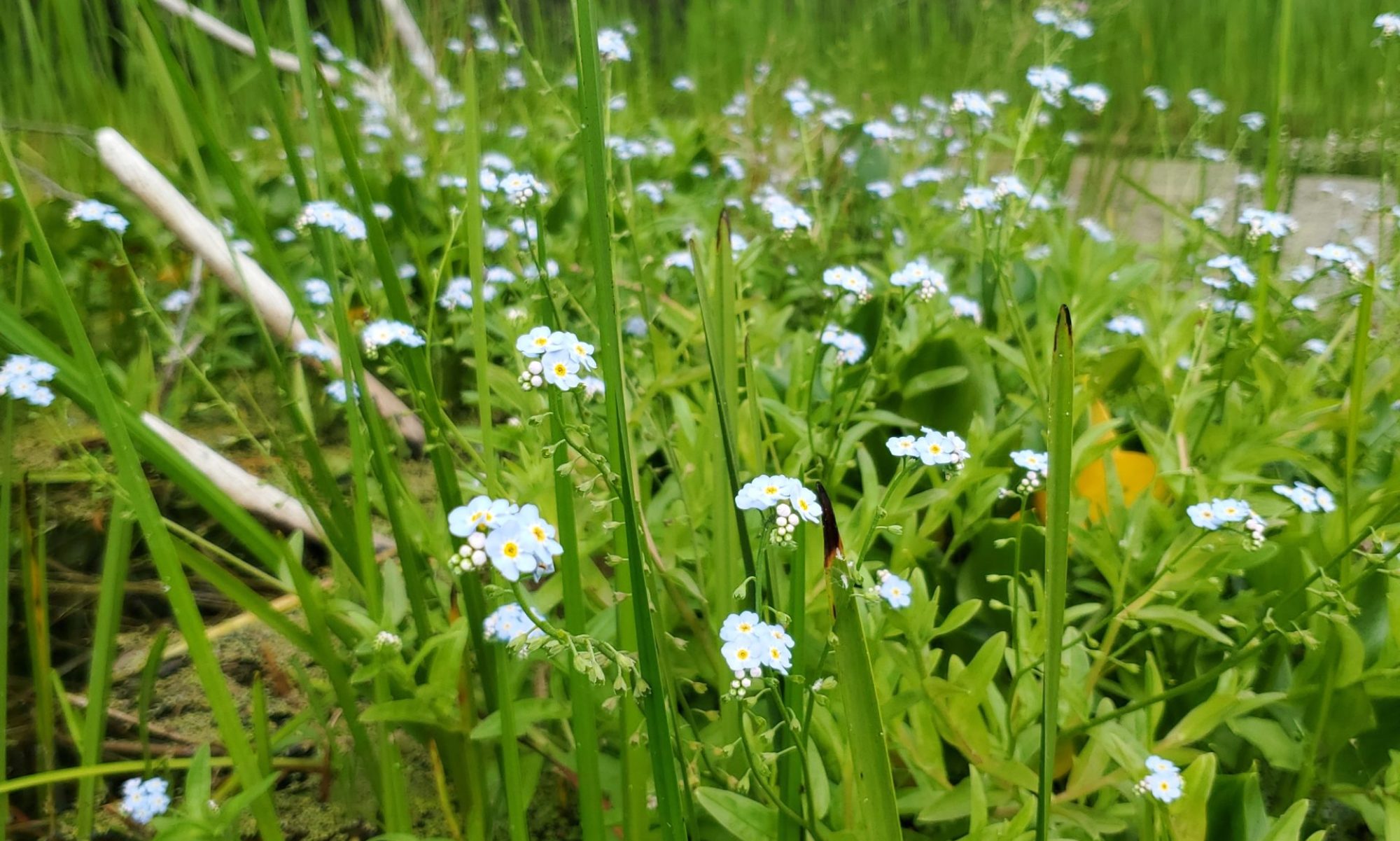Involving our learners in their own assessments is an extremely exciting and new concept to me! New because in no way throughout my K-12 experience was I given the opportunity to self-assess, and exciting because I would have loved that chance and cannot wait to provide it to my future students. Self-assessments will benefit my future learners because through self-assessment they will be able to follow their own progression of learning as well as map out their own next steps. Throughout this process they will develop a better understanding of the learned content as well as their own learning styles so that they can better help themselves understand future assignments using self-reflection and collaboration.
Elements of self-assessment that I see myself using frequently with my future students are self-reflections (what is working, what needs to be worked on) and co-created rubrics. The self-reflections will be used as a formative assessment while the students are working through a project, this will give myself and my students a greater understanding of how they are progressing through their project and help us outline their next steps together. A self-reflection would start with the student noting down how they are doing with their learning activity and outlining their next steps or challenges they are facing, then, they could collaborate with their peers to see if they can gain any insight from them, and then finally sharing with myself so that I can ensure they are on the right path and provide help if necessary. In this formative assessment I hope that I will be able to foster a sense of curiosity for my students so that they know they have a choice in what their next steps will be, as opposed to having the entire progression of the project pre-laid out for them, ultimately leaving no surprises. I like the idea of my students being surprised by their own projects or assignments because it can make learning fun and can get them excited for the next learning activities throughout the school year. The co-created rubrics will be done prior to the learning activity being started, and I like this concept because as a class we can decide what all learners can achieve, what most can achieve, and what few can achieve. My goal is to co-construct them in such a way that will give each student a goal as to how their projects will end up without strictly outlining and exact expectation, ultimately giving them freedom within the rubric to experiment and be creative. The rubric can be used as formative and summative assessment, depending on which point it is referred to throughout the process.
The aspects of self-assessment outlined above reflect many elements of ADST, which I am working on implementing heavily into my classroom. I fear that through feeling overwhelmed or exhausted throughout my teaching practice that I will fall more and more into the routine of an ‘ask-and-answer’ teaching style. However, I believe that if I implement ADST into my teaching structure right off the bat and develop the above assessment techniques it will ingrain a habit into my teaching routine that will put a heavy focus on collaboration with my students! My ultimate goal is for my students to enjoy their schoolyear with me and to develop skills that they can carry forward in their lives. I also want them to be able to look at their work and understand where they are and where they need to go to so that they can reduce the amount of time spent feeling inadequate or like they have hit a wall with their learning.
